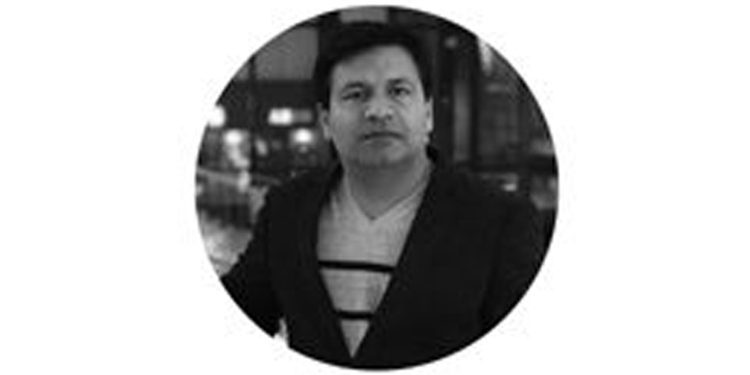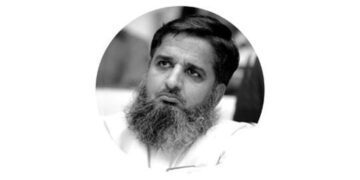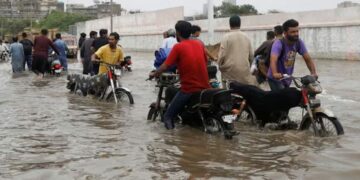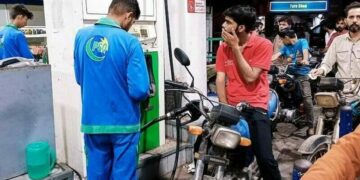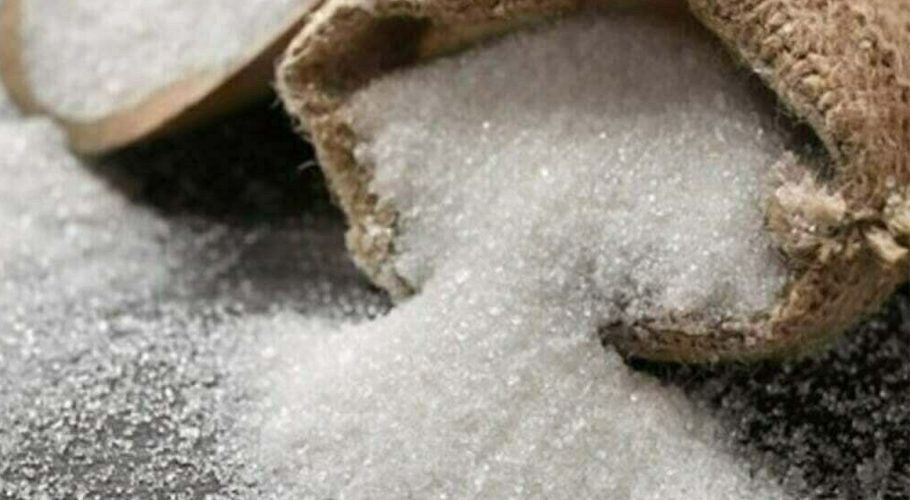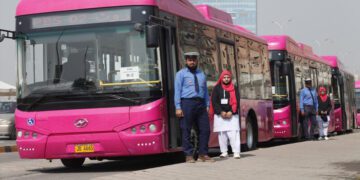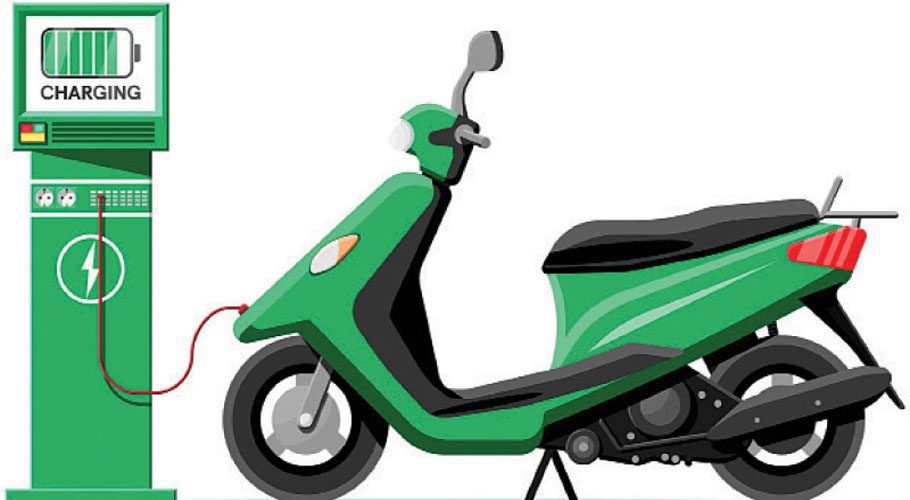![]() Follow Us on Google News
Follow Us on Google News
Let’s turn to China’s Belt and Road Initiative, which has a unique status running “from the shores of the Nile to Kashgar”. The BRI is a comprehensive initiative with different projects for various regions of the world. The Chinese roadmap for the Middle East extends all the way from Egypt till Ningxia, an autonomous region of China. Ningxia is located in northwestern China. If you look in the context of Beijing and Xinjiang, it is located almost in the centre of China. The area has a Muslim population of 34 percent with deep Islamic roots and identity. Islam arrived here in the 7th century with the help of merchants who settled there, married and have descendants.
The Muslim race found here is called Hui. There are officially 55 minority cultures in China. They receive special concessions compared to China’s largest race, the Han. For example, during the ‘one child’ policy, Uighur Muslims in Xinjiang were allowed to have two children. The Hui are China’s second largest minority. When the Ming dynasty established its empire in China, many generals of the Hui generation fought in its army to build the empire. In recognition of their services, the Ming emperor built mosques in all areas of China where there was a Muslim population. One of these is the Tongxin Great Mosque in Ningxia, which still stands for about 800 years and has historical significance. There are currently 3,760 mosques in Ningxia, one for every 577 people. There are 7,000 scholars in Ningxia for religious guidance who education expenses are borne by the Chinese government under a special scheme.
Ningxia has a special significance as the hub for Arab countries in the Belt and Road project. This means that Middle Eastern traders and government officials will have to come to Ningxia if they want to trade with China. The Chinese have another such project in Egypt on the banks of the River Nile. The Chinese government has reconnected the centuries-old historical ties of Muslims established in the 7th century through the ancient Silk Road. Ningxia is the only place in China where ancient Arab roots are found. It is an ideal location for Muslims as there is no shortage of mosques or halal food. There are Arab, Iranian, Turkish and Pakistani restaurants. This is a small Islamic world in the heart of China.
China held its first ‘China-Arab Expo’ here in 2017. The exhibition featured stalls of 1,000 companies from 47 Muslim countries. Each country had its own corner and different stalls of its companies who presented their products in front of Chinese traders. It is implied that China simply makes things and sells them to the rest of the world. The reality is that it is a country with 1.5 billion customers. Through the China-Arab Expo, Arab business were given the opportunity to take advantage of these customers. Ali Qazi, export manager of a Lebanese dried fruit company participating in the Ningxia expo, told media. “All the goods we produce in a year are consumed in China. In future, we will not be able to export our goods to any country other than China after the orders we have received from here. That means we need to expand our company and business faster. “
China believes that extraordinary trade activities will link Middle Eastern countries to mutual interests. This will promote the resolution of disputes and the pursuit of common interests.
At the expo, 1,000 agreements worth $90 billion were signed with China. These includes $3 billion with Jordan and $15 billion with Egypt. China is working on three major construction projects in the Middle East. It is building a high-speed train and an industrial park in Egypt. The central district of Egypt’s new capital is also being built by China. The Chinese are also building two towers here that will be the tallest buildings in Africa.
We know very well the Middle East has been burning for the last seventy years. Earlier, the Arab-Israeli conflict continued and after the Iranian revolution, there was a new wave of unrest. The United States and Western countries have been burning the region so they can receive oil on arbitrary terms and maintain a market for their weapons through the wars in the region. Now China is stepping into the region and its intentions are the exact opposite than the West. Chinese President Xi Jinping, in his speech on the occasion of his visit to Egypt, gave a clear indication of these plans. “The Middle East is said to be the largest oil-producing region. But its biggest product is not only oil, but also major conflicts. We believe that economic development in the region can stop the production of conflict. “
One of the highlights of the 2017 China-Arab Expo in Ningxia was the presence of Saudi and Iranian stalls under one roof. China believes that extraordinary trade activities will link Middle Eastern countries to mutual interests. This will promote the resolution of disputes and the pursuit of common interests. Thus, Ningxia will not only be a trading center, but will also gradually become a diplomatic hub where solutions to Middle East conflicts can be found. Ningxia will become the seat of the Middle East and China will be able to prevent them from becoming embroiled in conflicts.
This is where the story of China and its Muslims ends. You will be aware of many facts that you may not have found in the mainstream international media or even in the local media. If so, who is preventing these facts from reaching you? Only those who have convinced you that the truth is what is published in the BBC, Voice of America and their like-minded media. There is no such thing as “freedom of expression” in this world. The truth is strangled here from the local to international level. Those who do not have the resources are being suffocated with the help of PEMRA. If you listen to the truth about China on BBC, you will hear nothing but the truth. Does the enemy ever tell the truth? This way, the news of murder and genocide would not have been discredited. It is a pity that our establishment does not understand the concept of Perception Management Fund.

